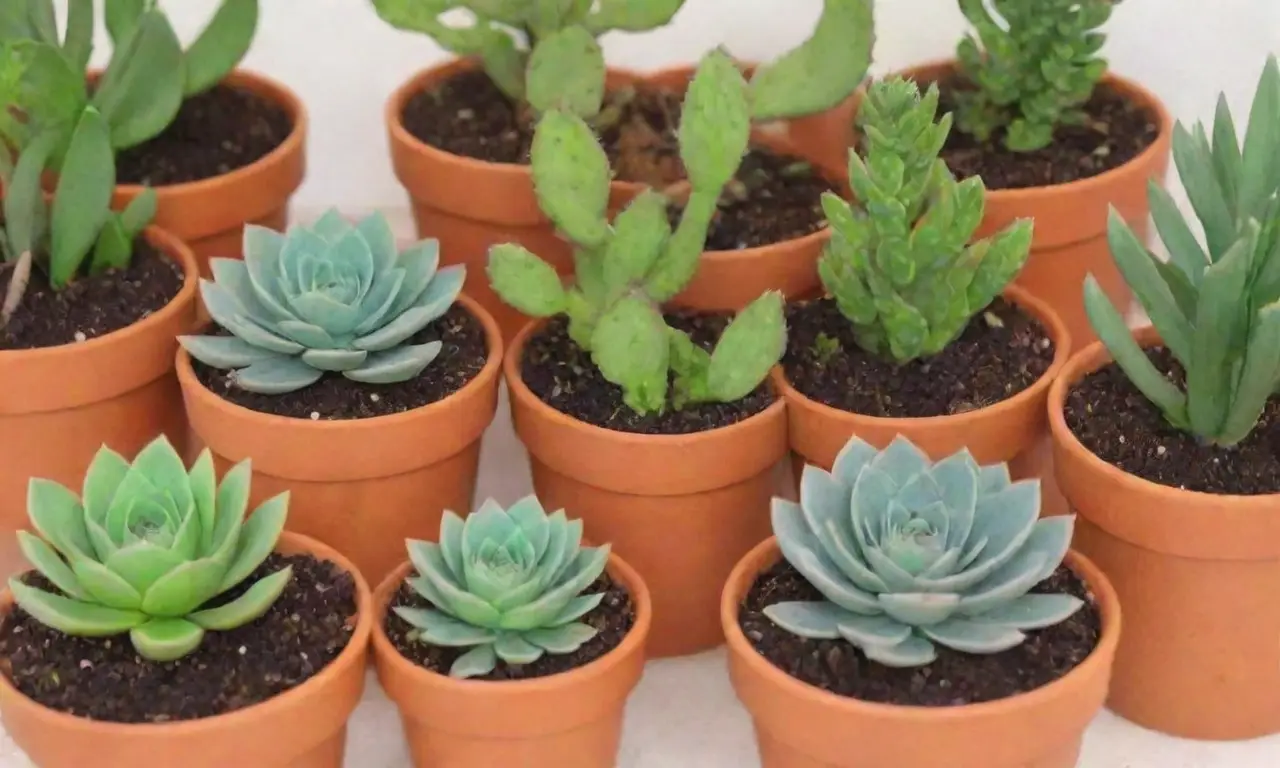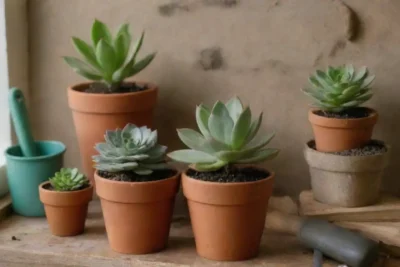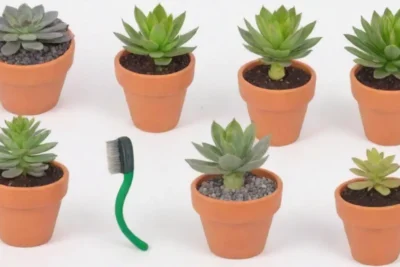
Repotting Succulents: Timing and Frequency for Healthy Growth

Introduction
Succulents have surged in popularity over the years, winning the hearts of plant enthusiasts and novices alike due to their stunning diversity, low maintenance, and striking aesthetic appeal. Native to arid regions, these little wonders are adept at storing water in their leaves, stems, and roots, allowing them to thrive even with little attention. However, just like any other plant, succulents require proper care to ensure they flourish, and one critical aspect of that care is repotting.
This article will delve into the critical considerations surrounding the timing and frequency of repotting succulents. In understanding when to repot, as well as how frequently this process should occur, plant parents can foster an environment conducive to healthy growth, making their succulents even more vibrant and resilient.
Understanding the Need for Repotting
Repotting is an essential practice that allows plants, including succulents, to adapt to their growth patterns and soil needs. It creates room for the roots to expand and provides refreshed nutrients that may be lacking in the previous potting medium. When succulents are kept in pots that have become too small, their growth can become stunted as they compete for space and resources. This competition hinders their ability to absorb water and nutrients effectively, ultimately leading to poor health.
Signs That Your Succulent Needs Repotting
Identifying when to repot a succulent is crucial for its health. A key sign that a succulent needs a new home is root overcrowding. If you notice roots emerging from the drainage holes of the pot, or if the soil dries out unusually quickly, it could indicate that the plant is root-bound. Moreover, if the leaves appear droopy or discolored, even though the plant has appropriate water, this could also signal that it requires repotting. Succulents ideally need space to expand their roots, and when restricted, their growth can plateau or decline.
Another important signal is soil deterioration. Succulent soils can degrade over time, leading to poor drainage and nutrient depletion. This can manifest in signs of pest infestations or mold growth, exacerbated by overly compacted or wet soil that competes with healthy root absorption. It is vital to consider these signs and take appropriate action when necessary.
Timing Your Repotting Tasks
The timing of repotting is just as important as the act itself. Generally, the best time to repot succulents is during spring or early summer when they are emerging from their dormancy and entering their active growing phase. This period offers the best chance for recovery after repotting, as plants are more likely to establish new roots in favorable conditions. The warmth and increased light stimulate growth, making it an optimal time for helping the plant adjust to its new environment.
Repotting during periods of dormancy—typically late fall or winter—can stress plants and hinder their growth. During dormancy, succulents focus their energy on survival rather than growth, and repotting may shift their focus, leading to potential setbacks in development. Thus, understanding your specific succulent's growing season is vital for timing your repotting efforts effectively.
 Repotting Techniques for Trailing Succulents: Tips and Hacks
Repotting Techniques for Trailing Succulents: Tips and HacksChoosing the Right Frequency for Repotting
The frequency with which succulents require repotting can vary widely, influenced by factors such as the species of succulent, its growth rate, the size of the pot, and the quality of soil being used. For most indoor succulents, repotting every one to two years is generally adequate. However, fast-growing varieties such as Aloe vera or Crassula may benefit from being repotted every year, whereas slower-growing succulents like Sedum or Echeveria can often stay in the same pot for up to three years before needing a change.
Factors Influencing Repotting Frequency
Several parameters influence how frequently you’ll need to repot your succulent. The most significant factor is growth rate; vigorously growing succulents will outgrow their pots faster than those that grow more slowly. Additionally, the pot's size plays a vital role; succulents in smaller pots tend to require repotting more frequently due to restricted root space compared to those in larger containers where they have room to spread.
The type of soil can also impact repotting frequency. A quality potting mix designed for succulents that enhances drainage will prevent the soil from breaking down as quickly, allowing healthy roots to thrive longer. Poor-quality soil that retains too much moisture may require more frequent repotting to refresh the medium before it becomes problematic for root health.
Other Considerations for Repotting
When repotting succulents, taking a moment to consider the container you are using is essential. Not all pots are suitable for succulents. Choose pots with drainage holes to avoid waterlogging, which can lead to root rot—a serious issue for succulent plants. Furthermore, pots made from porous materials, such as clay, allow for more efficient water evaporation, contributing to healthier root systems.
Additionally, the type of soil is equally critical in the repotting equation. It’s best to use a well-draining, specialized succulent soil mix. These mixes typically contain materials such as perlite, pumice, and coarse sand, which help drainage and aerate the roots. Adequate soil is crucial because when you repot, the roots need to be placed in suitable material that will facilitate their growth while also preventing moisture retention.
Conclusion

Repotting succulents is an indispensable part of their care that can significantly improve their health and appearance. By recognizing the signs that indicate the need for repotting—such as root crowding and soil condition—we can help succulents thrive in their environment. Moreover, understanding the best timing for repotting and how often to do it based on growth rates, pot choice, and soil quality is essential for maintaining a happy and healthy plant.
 Incorporating Decorative Elements While Repotting Succulents
Incorporating Decorative Elements While Repotting SucculentsIn summary, taking the time to repot your succulents when necessary is a rewarding endeavor. Not only does it enhance their growth potential, but it also provides an opportunity for you to observe and appreciate how they adapt and flourish in their new environment. So, the next time you spot your succulent showing signs of distress, remember that a simple repotting can make a world of difference. Happy gardening!
If you want to read more articles similar to Repotting Succulents: Timing and Frequency for Healthy Growth, you can visit the Repotting Techniques category.





You Must Read